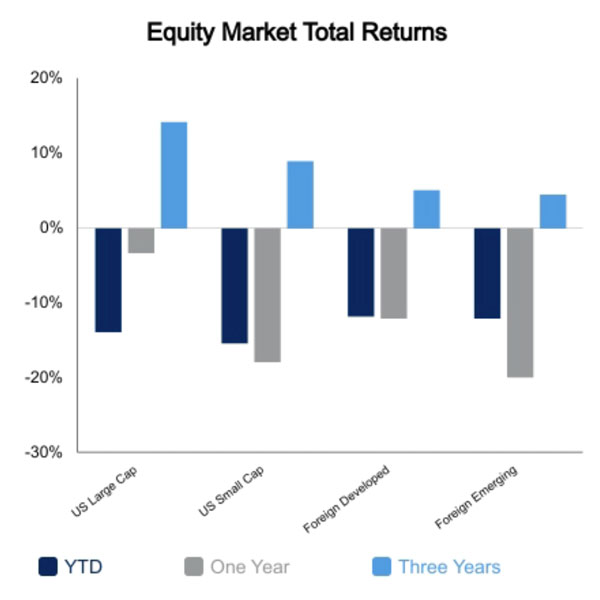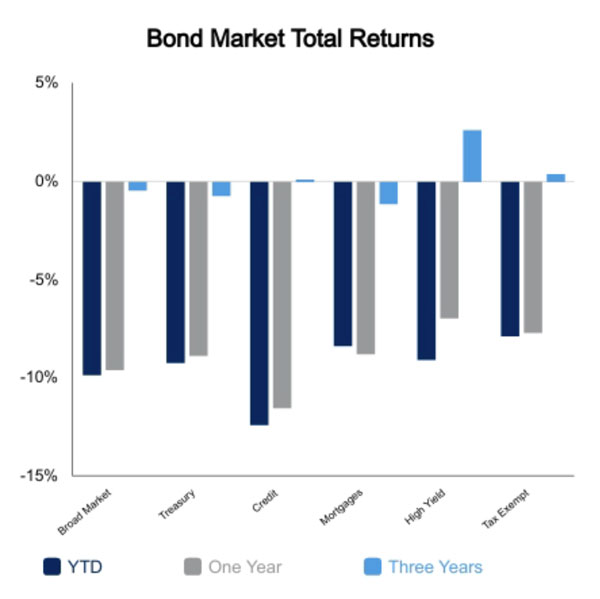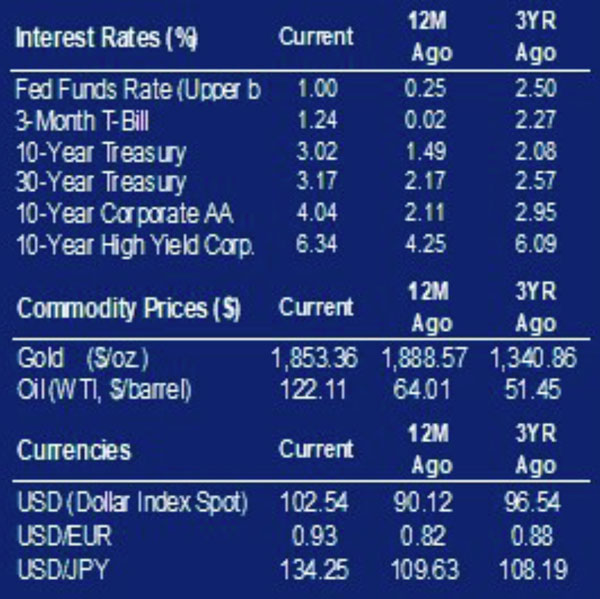Data from the Employment Survey for May was released this week. The job market continues to be tight.
Nonfarm payrolls increased by 390,000 and payrolls were up 65,000 more than expected. Much of the growth is coming from leisure and hospitality, professional and business services, and in transportation and warehousing.
The growth in leisure and hospitality indicates people are traveling again. As we know, this industry was decimated throughout the pandemic.
Retail trade payrolls declined over the period. The strong payrolls number contributed to unemployment staying flat at 3.6%.
Unemployment has been at 3.6% for three months in a row. Labor markets are expected to continue to be tight with 11.4 million jobs still open. Pre-pandemic, less than 7.5 million jobs were open.
Some companies have shed jobs after accelerating hiring to meet consumer demand in 2020 and 2021.
Hourly Earnings and Wage Growth
Hourly earnings were up 5.2% in May, year-over-year. This reading is down from April’s 5.5%.
We are waiting for inflation numbers to determine how much the gains in wages are offset by inflation.
Real wage growth is expected to be negative after inflation. Leisure and hospitality saw the fastest growth in wages over the year, up 10.27%. Growth in the financial activities industry has been the slowest at 2.7%.
Consumer Credit
In April, consumer credit increased by a seasonally adjusted annual rate of 10.1%. Revolving credit increased by 19.6% and nonrevolving credit by 7.1%. Consumers had $67.1 billion in revolving credit at the end of 2021.
That is up to $213.2 billion as of the end of April.
Consumers are being squeezed by higher prices and are tapping into credit after depleting their savings. The Personal Savings Rate is down to 2009 levels at 4.4%. This is also down from an April 2020 peak of 33.8%.
Productivity Decline
In April, consumer credit increased by a seasonally adjusted annual rate of 10.1%. Revolving credit increased by 19.6% and nonrevolving credit by 7.1%. Consumers had $67.1 billion in revolving credit at the end of 2021.
That is up to $213.2 billion as of the end of April.
Consumers are being squeezed by higher prices and are tapping into credit after depleting their savings. The Personal Savings Rate is down to 2009 levels at 4.4%. This is also down from an April 2020 peak of 33.8%.
Final Durable Orders Reading
• The final reading for durable orders came in this week
• There was growth of 0.48%
• The increase was led a rise in transportation equipment
• Transportation equipment has been down the previous two months
Investment and Insurance Products are:
- NOT INSURED BY THE FDIC
- NOT INSURED BY ANY FEDERAL GOVERNMENT AGENCY
- NOT A DEPOSIT OF OTHER OBLIGATION OF, OR GUARANTEED BY, HERRING BANK, OR ANY BANK AFFILIATE
- SUBJECT TO INVESTMENT RISKS, INCLUDING POSSIBLE LOSS OF THE PRINCIPAL AMOUNT INVESTED





